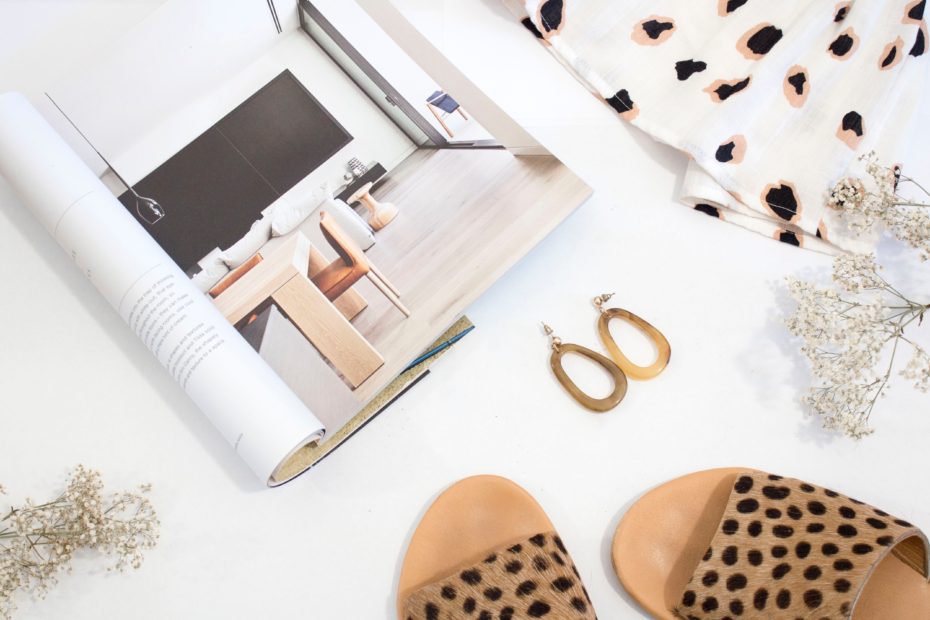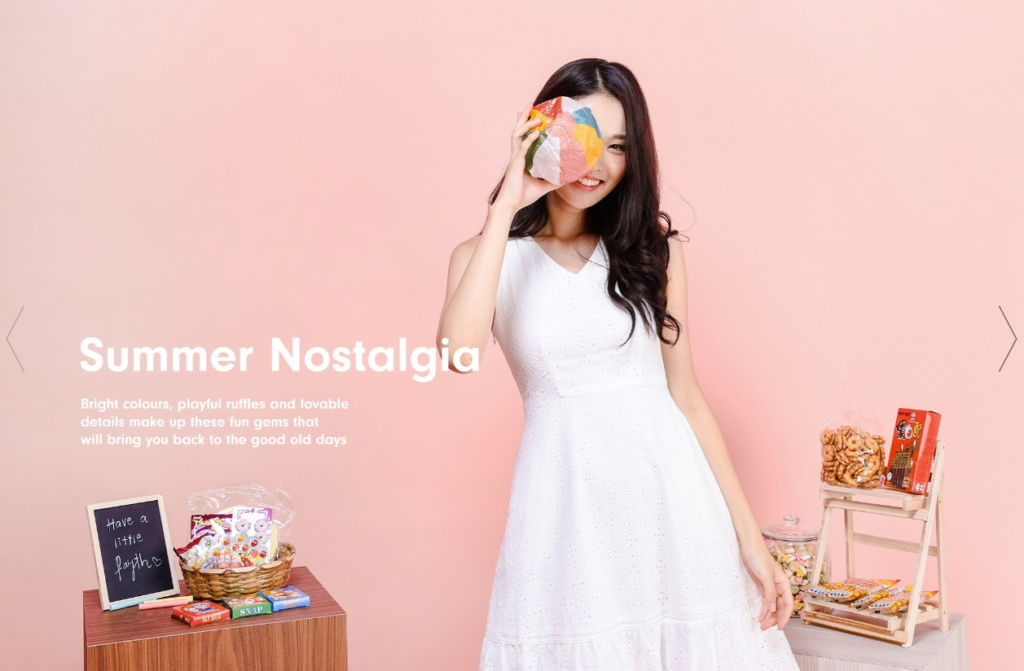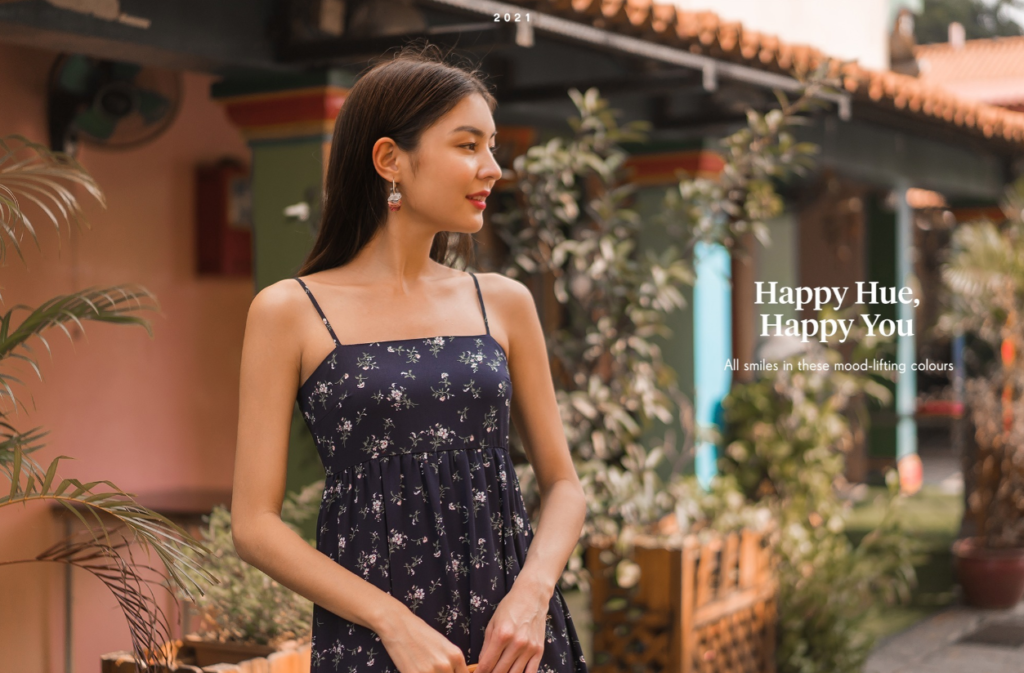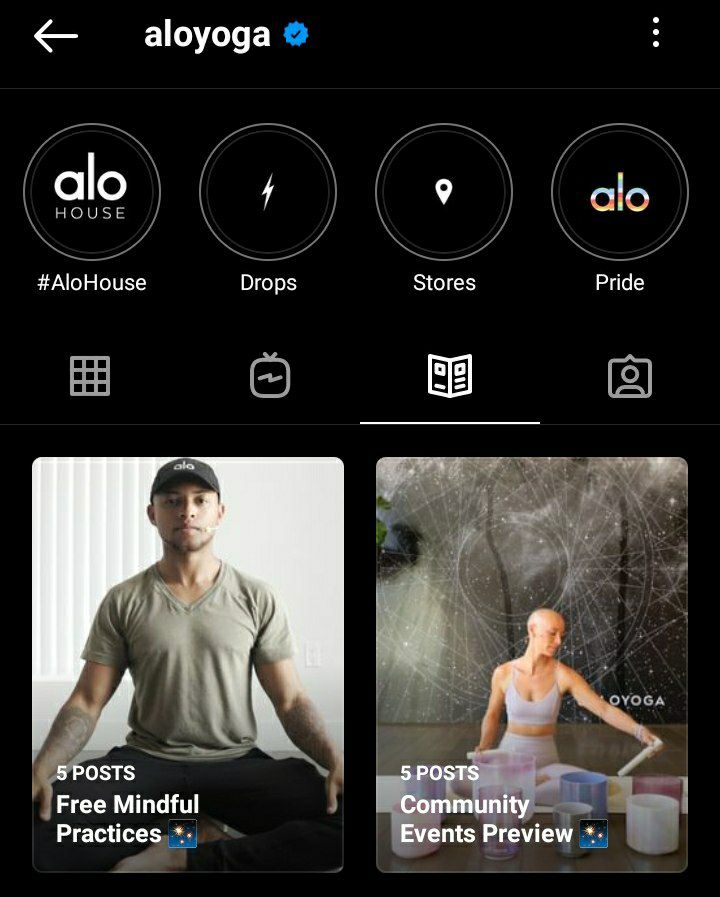Since the world was forced into lockdown during the pandemic, we have seen the downfall of many brick and mortar stores. Companies are laying off their employees and shutting down several of their outlets, while transitioning to hop on board the e-commerce wagon. Where do shoppers go now that their favourite brands are no longer accessible physically? Online of course! This has also led to an increase in demand for online lookbooks. According to iPrice, Singapore’s e-commerce platforms witnessed a two digit growth since the first half of 2020 and has only been growing ever since.
With the consumers gathered in one place online, it’s never been easier to attract their attention. Brands ramp up their presence online via ad placements and marketing strategies. But how would you REALLY capture their attention and tip them over the edge towards buying your product, without actually seeing your product?
Through Lookbooks.
Do people even use Lookbooks?
According to a study by Dialogtech, a large majority of 81% of shoppers extensively research a product online before making a purchase, and a similar Accenture report states that 40% of younger shoppers would still shop from a brand’s online store if their physical store was inaccessible.
While it is relatively stress-free to purchase a low-cost item online, it will take more than a couple product shots and a sizing chart to convince a shopper to purchase something with a high dollar value. Having a lookbook readily available on your site not only reassures shoppers that they are making an informed purchase decision, but also allows brands to showcase other items that would go well with the item they are interested in. The “rabbit-hole” effect is thus created. This means when one product is linked to other similar or complementary products which are modelled with different items. Shoppers would be more inclined to purchase more than just 1 item!
Why Lookbooks?
Lookbooks act as a visual display of your products. It allows room for more creativity to create a superior viewing experience for your consumers. A well-designed lookbook is able to inspire and attract shoppers, eventually generating more views and conversions. The visual culture we live in continues to rise, and the importance of using image-based marketing strategies for online content increases. Lookbooks are less wordy and more imagery-focused than catalogs. They show multiple views of the same items to help interested customers visualise themselves using or wearing the product.
1. Lookbooks tell your brand story
Lookbooks can be used to communicate your brand’s style and feel. It tells a story visually, and impacts how consumers look at your brand. It controls what your consumers see. In Pazzion’s spring/ summer lookbook, the theme is ‘dawn to dusk’ and their images tell a story about the types of people who wear their clothing. They are people who prefer muted and dark colours, with a semblance of mystery.
2. Lookbooks create deeper emotional connections
The reason that shoppers choose to wear certain brands over others may be because of a deep-seated emotional connection. Shoppers may be incentivised to purchase an item not just because of a trend, but because it’s associated with a positive feeling or nostalgia. For Fayth’s Summer Nostalgia lookbook, it contains styles that reminds us of the past, along with favourite Singaporean old-school snacks and games! I’m sure most Singaporeans want to reminisce their childhood days.
Further playing on our emotions, Fayth features a lookbook that is all about mood-lifting colours, ‘Happy Hue, Happy You’. This brings about greater positive feelings and make shoppers feel good when browsing. That’s definitely a green light in increasing sales in this collection. Having a lookbook that plays to your customer’s emotions can boost sales as customers become repeat buyers.
Where else can people find Lookbooks?
Just as fashion has rapidly involved, so have lookbooks! It is no longer a mere compilation of photographs for organisation of inventory. It has become one of the key methods of online marketing. Digital lookbooks can be found in every nook and cranny of the Internet – be it on a fashion e-commerce site, Instagram, Youtube and even TikTok! The number of individuals creating and presenting their own unique fashion style has rapidly increased over the past year as well.
1. Shopform
With hundreds of user generated content, Shopform is a perfect example of a lookbook! Users share creative takes on their personal outfits to inspire other community members. Our inclusive community consists of people of all shapes and sizes. This enables new users to easily find a user with a similar body type for them to browse from.
Shopform also solves the pain point of most consumers. That is not knowing exactly where to find a product, or not knowing the name of the product they are eyeing! The brand tagging feature on our app solves exactly this problem. Users are able to tag and review the product and the brand on their posts, which literally translates their post into a lookbook! By showing your products in real-life scenarios, lookbooks will help you create a personalized, interactive experience with your customers. In addition, this helps to establish an emotional connection. All of which are extremely important in converting a casual browser into a paying customer.
2. Tik Tok
#MajorThrowback to when you had to wait for a magazine to arrive in the mail just to get some fashion inspiration. These days, fashion advice is just a few clicks away! Thanks to the ever-growing accessibility of internet and outreach of social media, fashion content is at our fingertips. Apart from the usual Instagram and Pinterest, TikTok has quickly caught up to become a source for fashion ideas, with content pouring in from brands and individuals!
The beauty of TikTok is that individuals do not have to commit to spending long hours curating heavily edited and professional looking content. Each user is able to bring their creative fashion ideas to life with ease. They are real and relatable to their viewers. It is a low-effort method for anyone looking for ways to spice up their fashion game. Some of our favourite content creators include Willabelle Ong from Singapore. She shows off her countless high-end fashion inspiration videos showcasing her favourite pieces from brands including Dior and Louis Vuitton. Additionally, Indonesian creator MMIVIA frequently shows off simple and casual looks for any occasion. She even features some of her favourite products in her videos!
3. Instagram
Instagram is pretty much a staple in every phone. It is a highly-visual platform, giving fashion brands the flexibility and creativity to sell more than just a “look”. Brands here usually focus on curating a more lifestyle-centric feed. Shoppers are no longer limited to searching for an outfit by scrolling through endless studio photos on a brand’s website. There is even a ‘guide’ tab as seen on Aloyoga’s Instagram page, where they showcase short previews of classes practices for you to dip your foot into the world of yoga. This interactive element can be useful when curating a lookbook under this section!
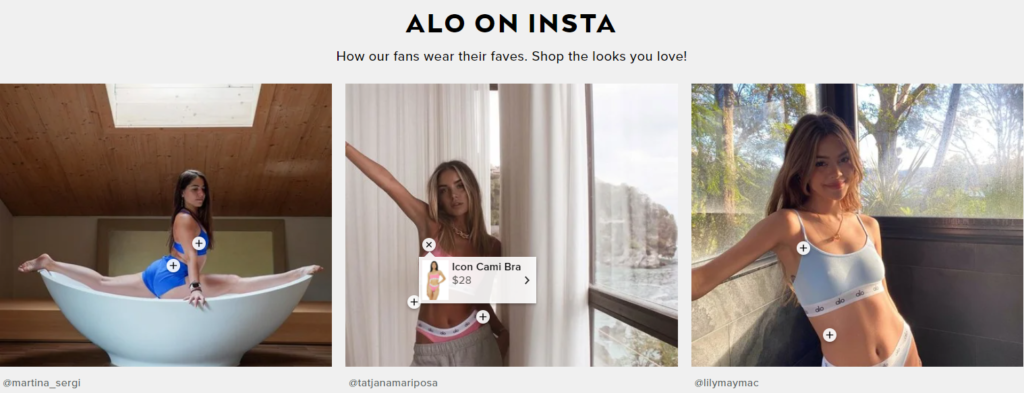
Popular fashion brands such as Aloyoga even has a ‘Alo On Insta’ lookbook section on their website, as their influencers and feed pose as a perfectly-curated lookbook. In fact, Instagram is such a powerful visual tool that a third of all Instagram users have purchased an item of clothing they saw on the platform!
Put Your Own Spin To It
Lookbooks can be a powerful marketing tool for eCommerce fashion brands. However, it’s important that you maximize the impact of your lookbook by putting your own brand spin on it. Make the lookbook uniquely yours! Some brands would be best served by a simple, streamlined lookbook. Some might want to incorporate more interactive features, and others should aim to tap into their customers’ emotions.
Regardless of your approach, a lookbook is an excellent way to invest in design and photography that best compliments your brand. Most importantly, once you’ve created a lookbook, remember share it widely on different marketing channels such as your website, Instagram, or even Gen Z’s favourite app – Tik Tok. This broadens the awareness of your brand as your lookbooks are not only housed in one channel.
